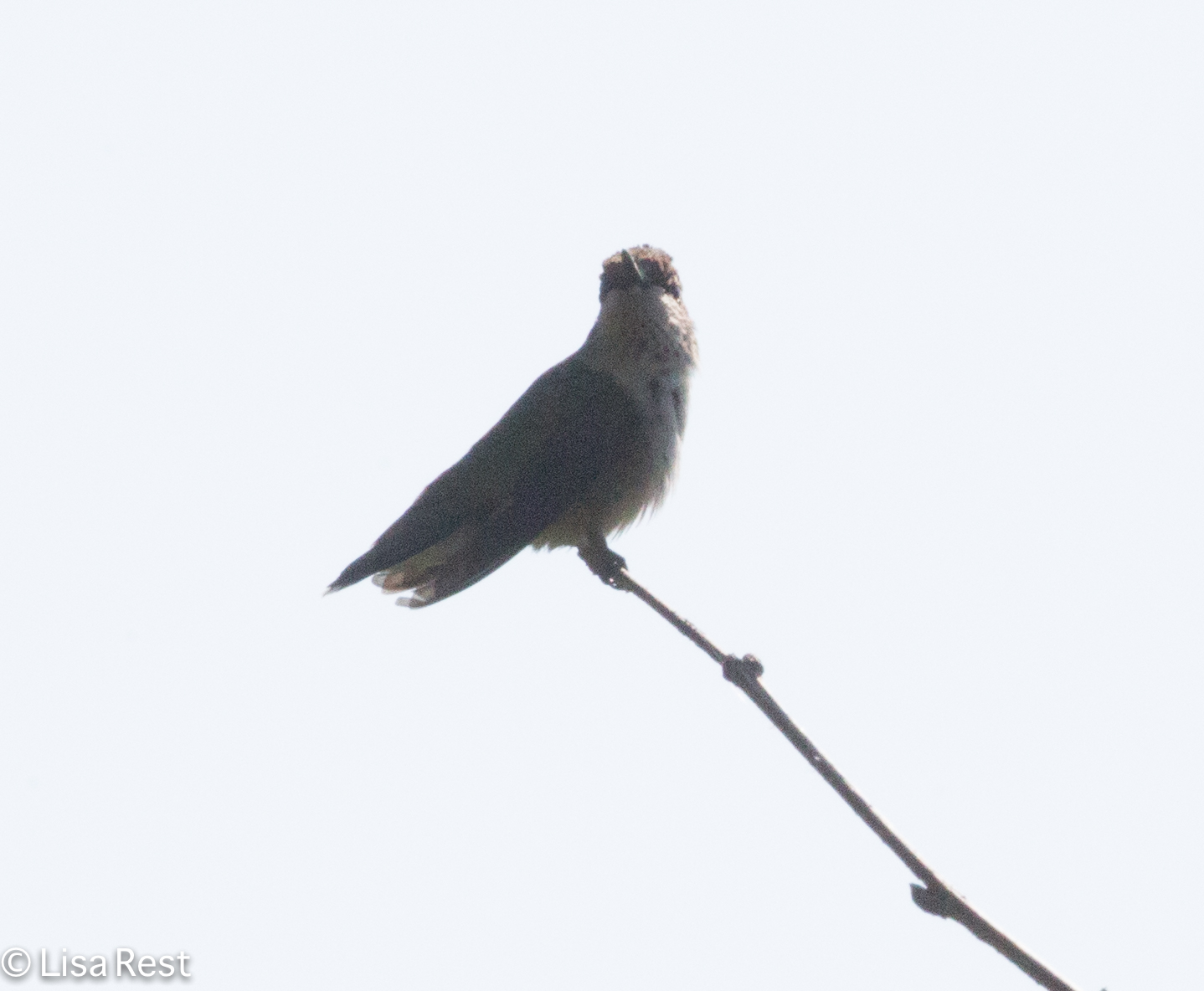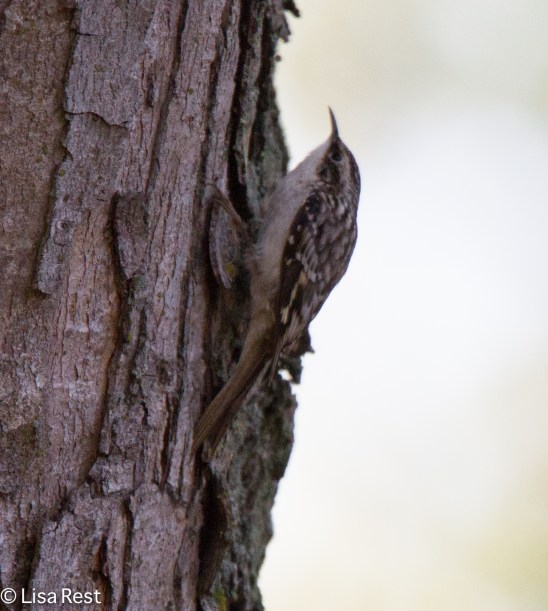
To celebrate August 31st being my last official day of work, I went to the Portage two mornings in a row, to look for the first signs of fall migration. I didn’t see an awful lot of species on either visit, but there were some nice looks. Best of all was feeling really free to take my time and not worry about checking my work email. I still have to get used to waking up in the dark, though, because I have walks to lead every Saturday in September and October.
Of course the obvious draw this time of year is the fall warblers passing through on their way south from their breeding grounds in the north. I didn’t see a lot of species and missed a couple, but so far I have seen a few warblers each day. They behave differently on their way back to their wintering grounds. They are not foraging in flocks and they are in less of a hurry. So while they may be harder to spot at times, it’s easier to concentrate on one bird at a time. Below are a couple American Redstarts.







I felt lucky to find this Bay Breasted Warbler in my photographs.




One of my favorites, a Chestnut-Sided Warbler, was being rather coy.



Not a warbler, but a nice to see Red-Eyed Vireo both days. The bottom photograph was taken the second day when the Vireo was eating poke berries with the Cedar Waxwings.




Thursday morning I managed to capture enough photographs of the Orange-Crowned Warbler below to justify my claim that I had seen one, since it’s very early for this species.






I just barely captured this Nashville Warbler.

Wednesday was cloudy.

Large flocks of Cedar Waxwings were present on both days.






Some closer views of the Waxwings Thursday, when they were busy eating poke berries.




Below is a beautiful wasp’s nest. I have a slightly smaller one in my crabapple tree this year as well…

Something else that I had a lot of in my yard before I removed nearly all of it, below, is Common Beggar Ticks which is native, and an annual – but doesn’t bloom until now.

On the first day I did manage to capture the Swainson’s Thrush below. I also saw a Wood Thrush but that photograph isn’t presentable.
Robins are looking scruffy this time of year. Most of them are juveniles.


When I first walked in on Thursday, there was a deer at the end of the paved path, and then a Cooper’s Hawk with prey landed in a tree above me, but I didn’t see what it had captured.




Unfortunately this Ruby-Throated Hummingbird was completely backlit in bright sunshine but it was still nice to see it perch right in front of me.



There were still a couple Indigo Buntings around.

For once, there were more than one or two Monarch Butterflies. I realize this is probably the last I will see of them but it was nice while it lasted.




Below is a Chipmunk foraging in a tree.

A few scenes of the Portage and one quick look at the Des Plaines River where not much is happening at the moment.
Black-capped Chickadees are around all year but I don’t always see them. Sometimes I don’t even hear them. This one didn’t mind being seen or heard.

I am trying to navigate this new feeling of almost endlessness. Well, it doesn’t last for long. There is much to do, but less of a feeling of urgency or hopelessness as my work duties have all but vanished. I have agreed to remain with the firm as an independent contractor to help out with various projects while they still try to find and train my replacement. My stipulation was to assume any given morning with nice weather would be off limits for my attention as I will likely be out looking for birds somewhere.








































































































































































































































































































































 Suffice it to say that the lure of fall migration is irresistible, especially with nice weather. The birds are taking advantage of the calm skies in this part of the country as well. I have been going back to the park every day this week and as of Tuesday all these birds seem to have left and no new ones have come in. I would like to think they all took off Monday night, navigating well out of the city and continuing their trips to Central and South America.
Suffice it to say that the lure of fall migration is irresistible, especially with nice weather. The birds are taking advantage of the calm skies in this part of the country as well. I have been going back to the park every day this week and as of Tuesday all these birds seem to have left and no new ones have come in. I would like to think they all took off Monday night, navigating well out of the city and continuing their trips to Central and South America. I’ll have lots more to report if I can manage it. Hope you are having decent weather wherever you are.
I’ll have lots more to report if I can manage it. Hope you are having decent weather wherever you are.



















 A female American Redstart below.
A female American Redstart below.





 Indigo Buntings, male and female.
Indigo Buntings, male and female.






















 Closer to the end of our walk the intense sunlight started playing tricks with color and it wasn’t until I got home and processed the next few photos that I realized what we had.
Closer to the end of our walk the intense sunlight started playing tricks with color and it wasn’t until I got home and processed the next few photos that I realized what we had.

































 Except for the bird perched in the oak tree below, this Nashville Warbler was foraging radiantly at the Chicago Portage on September 30.
Except for the bird perched in the oak tree below, this Nashville Warbler was foraging radiantly at the Chicago Portage on September 30.




 The last of the American Redstarts to come through were girls.
The last of the American Redstarts to come through were girls.








 We’ve had some rain now, temperatures are still warm during the day although falling blissfully at night, doesn’t look like we’ll be hitting the 80’s again as the days are getting shorter… But the sunshine was surprisingly warm yesterday around 10:00 AM. I’ll be back soon with new discoveries from the Chicago Portage.
We’ve had some rain now, temperatures are still warm during the day although falling blissfully at night, doesn’t look like we’ll be hitting the 80’s again as the days are getting shorter… But the sunshine was surprisingly warm yesterday around 10:00 AM. I’ll be back soon with new discoveries from the Chicago Portage.